HotSpots H2O: Palm and Sugarcane Plantations Strip Guatemalan Farmers of Land, Water Access
The Rundown
As global demand for biofuel increases, palm oil and sugarcane plantations are crowding out traditional subsistence farming in Guatemala, a displacement that has spurred land and water quarrels.
In response, many small-scale farmers have come together to fight for their livelihoods. In western Guatemala, a movement known as “liberating rivers” has emerged, where subsistence farmers descend on rivers rerouted by agribusiness and try to break apart dikes to restore natural water flows.
Palm and sugarcane companies began their takeover of Guatemalan farm land more than a decade ago, pushing out many subsistence farmers by raising land lease rates. From there, plantations began to drain water resources and divert rivers for irrigation.
The efforts of the river liberators, though, are not without danger–more than one hundred land defenders have died in Guatemala in the past decade, many in the fight against resource extraction.
“The whole country has been opened to concessions for mining, sugar cane, palm oil to provide exports. Rivers have been diverted, others are drying up. Access to land and water is denied. The resources are in the hands of a very few people.” –Mario Minera, former head of mediation at the government’s ombudsman’s office. Minera says that land conflicts across Guatemala are on the rise.
“In that moment, well, I had bad luck, and they hit me with a pellet from a shotgun. But we did manage to liberate that river, at least for now.” –A Guatemalan man who was shot by sugarcane plantation security guards while trying to liberate a river.
By the Numbers
1,000+ Land conflicts in Guatemala, as of August 2018.
300+ Land evictions registered between January and August 2018 in Guatemala.
270 percent Increase in land used for palm plantations in Guatemala in the past decade. Land set aside for sugarcane use increased by 46 percent between 2001 and 2012.
18 Major rivers and tributaries that flow through Guatemala and into the Pacific Ocean. Many of these waterways have been diverted to run through sugarcane and palm plantations, or dammed for hydropower use.
7 Guatemalan land defenders that were killed within four weeks in May and June 2018.
On the Radar
After being forced from their land, many small-scale farmers return to work on palm and sugarcane plantations, but the labor is poorly paid and unforgiving. The demise of subsistence farming, alongside growing land and water rights struggles, is one of the reasons many Guatemalans are attempting to migrate to countries like Mexico and the United States.
Resources and Further Reading
In context reporting from Circle of Blue: 2017 Was Deadliest Year for Environmental Activists.
Farmers in Guatemala are destroying dams to fight ‘dirty’ renewable energy (The Conversation)
How Guatemala is sliding into chaos in the fight for land and water (The Guardian)
Palm oil industry expansion spurs Guatemala indigenous migration (Al Jazeera)
Kayla Ritter is a recent graduate of Michigan State University, where she studied International Relations and Teaching English to Speakers of Other Languages. She is currently based in Manton, Michigan. Kayla enjoys running, writing, and traveling. Contact Kayla Ritter

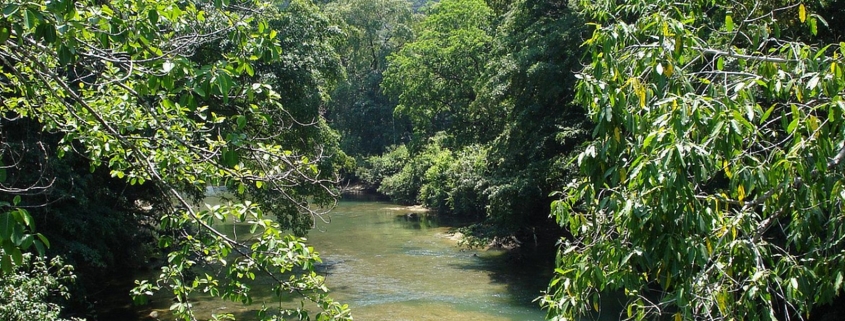

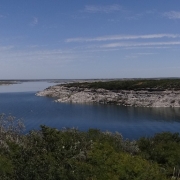

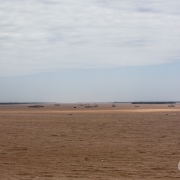
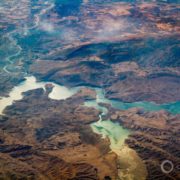
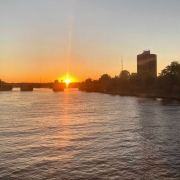
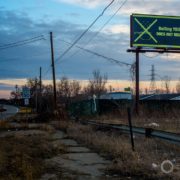

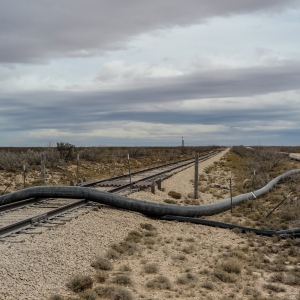

Leave a Reply
Want to join the discussion?Feel free to contribute!